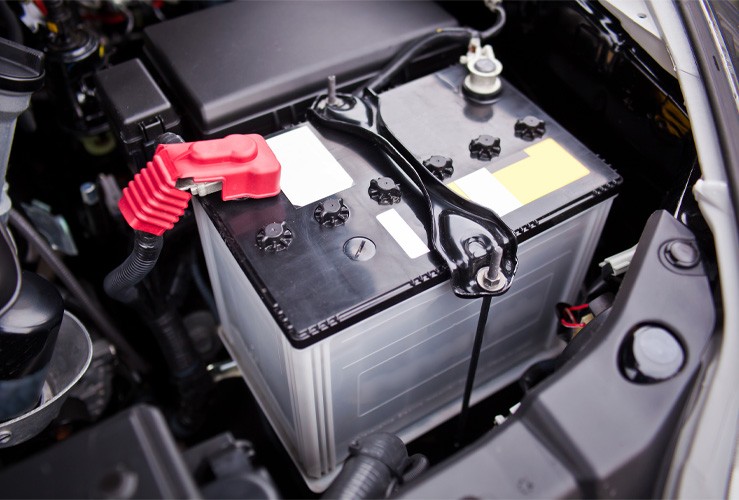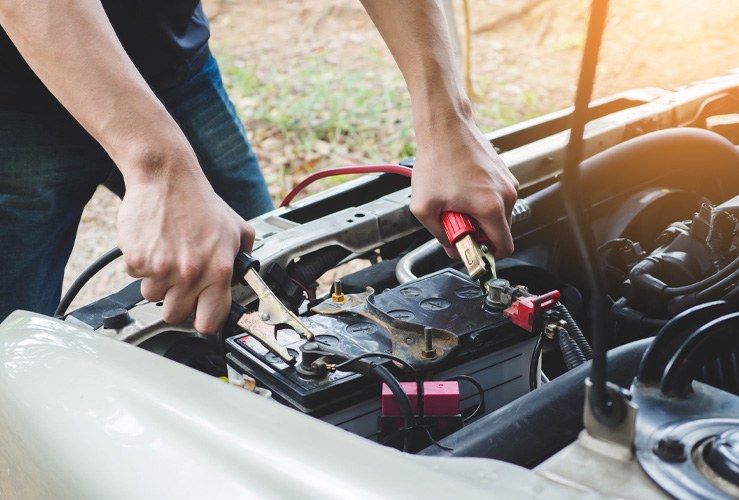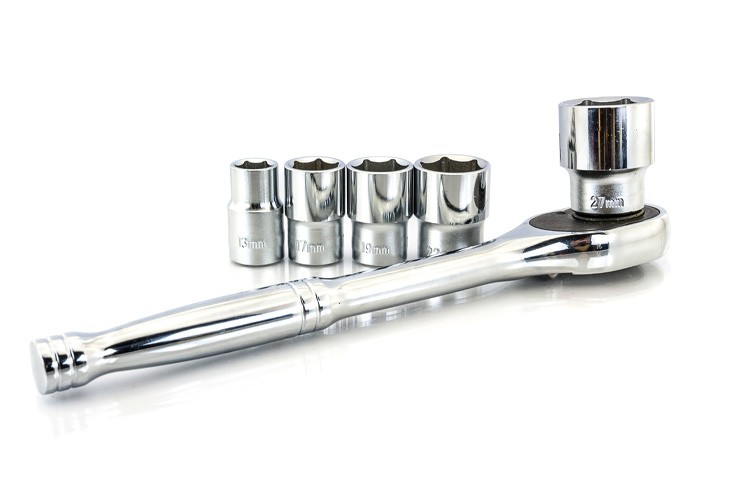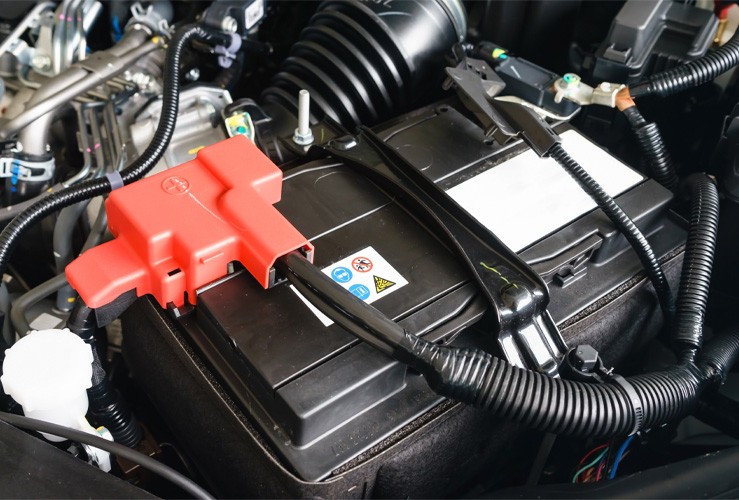Has your car battery gone flat after being parked up?
See how to test and if necessary, replace your battery with our useful guide.
For those who have never changed a car battery, or who have not done so for some time, the prospect can be a little daunting.
But in this article, we run through how to disconnect a car battery, how to remove a car battery, and how to fit a car battery safely.
Note: You should always check your vehicle handbook for any fault remedy before carrying out any work on your vehicle. If you are unsure of what is required to fix any problems, please consult a professional.

12V batteries appear in all types of car: petrol, diesel, hybrid and even pure electric.
They are usually lead-acid cells which run things like heating, lights, and stereo.
Car battery performance levels
The performance of a lead-acid battery is severely reduced if it is allowed to run flat and then recharged.
To help prevent this, lead-acid batteries are connected to the alternator to keep them topped up.
Lead acid batteries also suffer reduced performance over time.

Jump starts and bump starts
If you can't start your car due to a low battery you might be able to jump-start it with jump leads, but this will probably only be a temporary solution.
If your car's electrical systems are not working as well as they once did, you may need to replace your battery.
How long does it take to change a car battery?
Fortunately, replacing your car's battery is a fairly straightforward task, and can be achieved in 30 minutes or so.
Signs your battery needs replacing
Your car battery may need replacing if:
- Central locking doesn’t work
- engine won’t start
If the engine won't start you can usually jump start it with jump cables.
And with a manual transmission you might be able to "bump start" it.
How to 'bump start' a car
A 'bump start' involves asking someone to push your car as you do the following: turn the ignition to the “on” position, step on the clutch and engage first gear, then ask the person to push.
Having achieved enough speed, take your foot off the clutch - which should connect the wheel to the engine, hopefully firing it up.
Take a drive to recharge the battery
Having started your engine, take your car for a short drive to recharge the battery. Do this for at least 20 minutes.
If the battery runs flat again over the next 24 hours or so, it may need replacing.
How to check the health of your car battery
You can do the following to check the battery's health:
- Use a suitable meter to do a battery load or drain test
- Check indicator eye (not present on all batteries)
- Sample the electrolyte in cell hydrometer (cannot be done on sealed batteries)

What do you need to change a 12V battery?
To change a 12v car battery, you will require:
- Socket set
- New battery (£50 - £200)
- Battery tray (around £10)
You may also need a battery retainer, although the old one may still be perfectly usable.
Cost of a new battery?
A new battery can cost between £50 and £200, when bought online.
Do note that some dealerships can charge high prices for this service, sometimes in excess of £1,000.
With this in mind, if you can, replace the battery yourself.
Step-by-step guide to swapping out your battery
Before you begin:
- Do not do attempt battery change in wet conditions
- Ensure the terminals do not touch anything metal, since this could generate heat and cause sparks
- Remove large items of metal jewellery
- Wear insulated work gloves, and goggles if you have them

How to remove a car battery
- Using the socket set, unscrew the clamp nut and take off the cable from the negative terminal (black)
- Repeat this for the positive terminal (red)
- Unscrew the battery clamp and lift out the battery - take care since car batteries are heavy
- Clean the battery tray if needed
How to fit a car battery
- Carefully lower the new battery into place, refit the hold-down clamps, and secure the positive cable (red) before the negative (black).
- Check battery cables for corrosion. Add grease or petroleum jelly under the clamps to limit further corrosion.
Note: Hold-down clamps help reduce vibration, which can cause a battery to fail prematurely.
Breakdown cover from Start Rescue
Having a suitable breakdown cover policy in place will give you peace of mind, should you experience any issues with your car.
Why not get a quote today?
For more details on the car breakdown cover options that we offer visit our car breakdown cover page.




